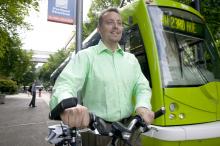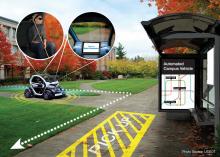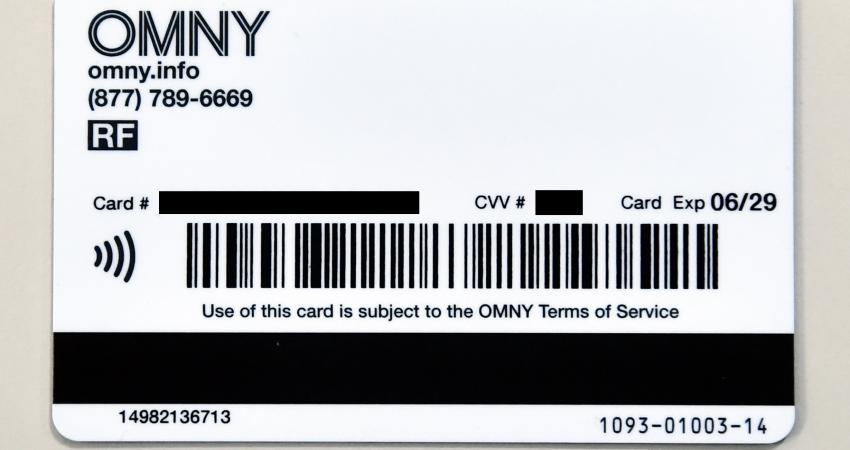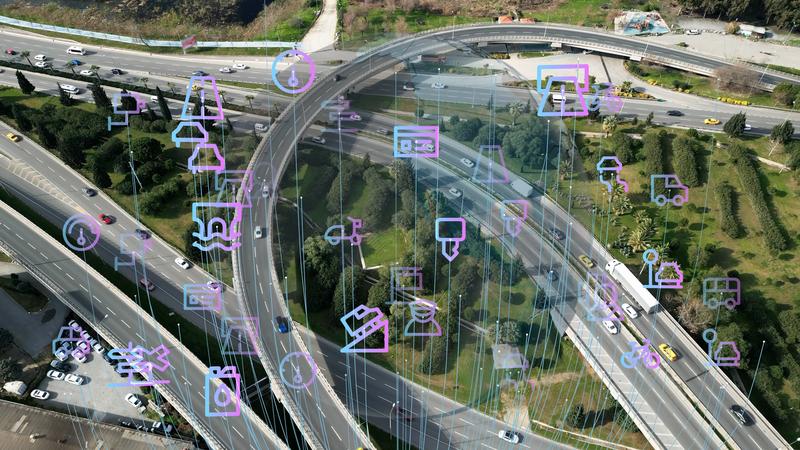By 2024, market penetration of factory fit DSRC-equipped vehicles in the US could rise to 30 per cent, according to US Department of Transportation AASHTO Deployment Analysis 2012, enabling widespread data communications services and kick-starting a national DSRC infrastructure. The question is: who will pay for the infrastructure in the first place? In an interview with Steve Bayless, director of telecomms and telematics at ITS America, Telematics Update investigated which key investors will benefit from s
By 2024, market penetration of factory fit DSRC-equipped vehicles in the US could rise to 30 per cent, according to 324 US Department of Transportation AASHTO Deployment Analysis 2012, enabling widespread data communications services and kick-starting a national DSRC infrastructure. The question is: who will pay for the infrastructure in the first place?
In an interview with Steve Bayless, director of telecomms and telematics at560 ITS America, Telematics Update investigated which key investors will benefit from state/private-sponsored infrastructure implementation across the Unites States, giving a clearer idea on who intends to pay for specific services in the V2X space in order to accelerate market penetration of DSRC systems.
Says Bayless, “this is hotly-debated issue in the auto industry, and it’s not quite clear what the path could be, although there are lots of different options. One of the initiatives proposed by the Department of Transportation is the introduction of aftermarket devices that provide some safety application capability, with the idea of allowing some vehicle-to-vehicle communications using a brought-in device that would provide used passenger cars with some functionality right away, rather than to wait for automakers to install capability in new vehicles.”
Other paths include infrastructure, introducing roadside units at intersections running intersection applications to encourage uptake of the technology in vehicles and even perhaps aftermarket devices, or the inclusion of other types of road users, for example, motorcycles and perhaps pedestrians that might carry dedicated short-range communications capability in their mobile phones.
He says, “It's my opinion that probably a number of different strategies need to be tried before we're able to get to the tipping point for deployment.”
In terms of business models for applications developers, Bayless hopes that through a combination of different members of the telematics supply chain and mobile ecosystem, there will be opportunities for introducing new applications. “And we think there is probably some opportunity for mobility safety applications that the private sector would be able to take advantage of. It remains to be seen, but we think some of the early ones will be safety. We're hoping that OEMs will recognise that. But what needs to be created first, before applications flourish, is a platform.” He envisages a platform in which everyone is using the same device and applications can be built on top of it. “We think there is a huge opportunity for mobile devices as well. Some companies have done some research in shrinking the DSRC radio to work in a mobile device to provide pedestrians with some ability to make themselves visible to other vehicles in an electronic sense.”
The need to install a DSRC modem is seen as one of the barriers to V2V and V2X, while mobile phones are currently a primary way to get applications into the car, but Bayless doesn’t feel that mobile phones would be perfect substitutes for a factory-installed system.
He says, “I believe that there are a lot more applications that can be supported from an OEM-installed system than could be supported from a mobile device system. Mobile devices are more constrained in terms of capability, the accuracy of GPS, and they are battery-constrained and don't have as much power. They might not be able to operate over as long a period of time. There are tradeoffs between OEM systems and aftermarket or mobile device. The tradeoffs will be in the capability of the applications, but we are just at the beginning of understanding what those might be.”
While US DOT does the Safety Pilot, automakers are coming out with advanced safety systems. Bayless doesn’t feel this kind of kind of innovation will obviate the need for V2V and V2X, citing as an example the forward collision warning application seen in luxury vehicles. “That's an application that is also vehicle-to-vehicle. Whether you do it using DSRC, V2X or radar, maybe it doesn't make that much of a difference, he says. “The potential for V2X is much greater than the potential for some of these other technologies, which are more single-purpose and more expensive. We think that V2X will be able to create a platform that will allow many more crash-avoidance and mobility applications to be supported simultaneously.”
In an interview with Steve Bayless, director of telecomms and telematics at
Says Bayless, “this is hotly-debated issue in the auto industry, and it’s not quite clear what the path could be, although there are lots of different options. One of the initiatives proposed by the Department of Transportation is the introduction of aftermarket devices that provide some safety application capability, with the idea of allowing some vehicle-to-vehicle communications using a brought-in device that would provide used passenger cars with some functionality right away, rather than to wait for automakers to install capability in new vehicles.”
Other paths include infrastructure, introducing roadside units at intersections running intersection applications to encourage uptake of the technology in vehicles and even perhaps aftermarket devices, or the inclusion of other types of road users, for example, motorcycles and perhaps pedestrians that might carry dedicated short-range communications capability in their mobile phones.
He says, “It's my opinion that probably a number of different strategies need to be tried before we're able to get to the tipping point for deployment.”
In terms of business models for applications developers, Bayless hopes that through a combination of different members of the telematics supply chain and mobile ecosystem, there will be opportunities for introducing new applications. “And we think there is probably some opportunity for mobility safety applications that the private sector would be able to take advantage of. It remains to be seen, but we think some of the early ones will be safety. We're hoping that OEMs will recognise that. But what needs to be created first, before applications flourish, is a platform.” He envisages a platform in which everyone is using the same device and applications can be built on top of it. “We think there is a huge opportunity for mobile devices as well. Some companies have done some research in shrinking the DSRC radio to work in a mobile device to provide pedestrians with some ability to make themselves visible to other vehicles in an electronic sense.”
The need to install a DSRC modem is seen as one of the barriers to V2V and V2X, while mobile phones are currently a primary way to get applications into the car, but Bayless doesn’t feel that mobile phones would be perfect substitutes for a factory-installed system.
He says, “I believe that there are a lot more applications that can be supported from an OEM-installed system than could be supported from a mobile device system. Mobile devices are more constrained in terms of capability, the accuracy of GPS, and they are battery-constrained and don't have as much power. They might not be able to operate over as long a period of time. There are tradeoffs between OEM systems and aftermarket or mobile device. The tradeoffs will be in the capability of the applications, but we are just at the beginning of understanding what those might be.”
While US DOT does the Safety Pilot, automakers are coming out with advanced safety systems. Bayless doesn’t feel this kind of kind of innovation will obviate the need for V2V and V2X, citing as an example the forward collision warning application seen in luxury vehicles. “That's an application that is also vehicle-to-vehicle. Whether you do it using DSRC, V2X or radar, maybe it doesn't make that much of a difference, he says. “The potential for V2X is much greater than the potential for some of these other technologies, which are more single-purpose and more expensive. We think that V2X will be able to create a platform that will allow many more crash-avoidance and mobility applications to be supported simultaneously.”












